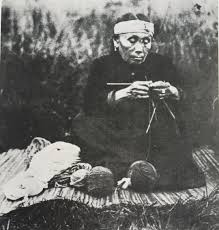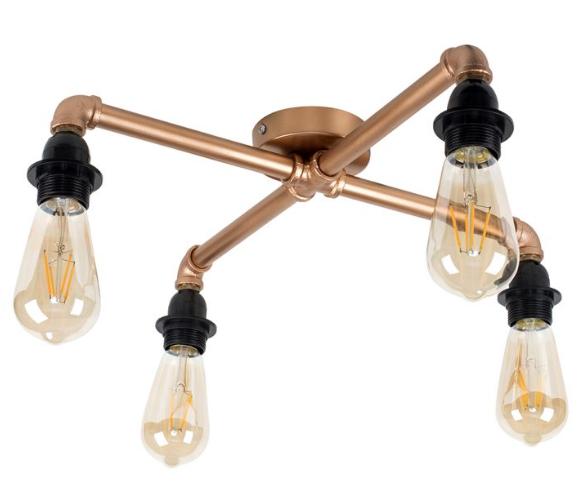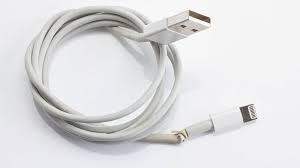Have you ever wondered where the craft activity of knitting originated? Different forms of the activity originated in different parts of the world a long time ago and evolved into what we recognise as knitting and crocheting today. You might be surprised to learn that the Egyptians and the Vikings engaged in forms of early knitting.
Knitting is a fascinating and long-lasting art that began in the Middle East, and the eastern Mediterranean, around the 11th and 12th centuries. Egyptian socks are the oldest knitted items from this era. The art of knitting spread to Europe where male guilds made religious garments. It became a part of everyday life for people from all backgrounds and genders. They also cherished it as a way to provide warmth and comfort with hand-crafted blankets and clothing. Knitting evolved over time to reflect regional cultural influences.
Nalbinding (a Norwegian term meaning “needle-binding”) was the needlework technique that preceded knitting. Nalbinding is a needlework technique that creates a fabric like knitting. It involves looping and knotting the yarn using a single needle. Although it is associated with Vikings, the practice was widespread. Archaeologists found fragments of nalbinding dating to various periods. For example, 10,000 years ago, in Israel; 7,750 BC, in Germany; the 5th or the 6th century AD. in Egypt and the 9th-10th century AD. in Norway.
Finger knitting is another form of knitting that was done without needles. For many centuries, finger knitting has been popularised by children and people who do not have needles.
Knitting as we know it today is a result of these early needlework forms. If you have a desire to learn more about knitting and/or crocheting, consider Crochet Blanket Kits as a good place to start. Find out more at a site like woolcouturecompany.com
Knitting spread to Europe and Scandinavian countries and was used for creating intricate patterns on clothing, blankets and other household items.
The Industrial Revolution saw the introduction of large-capacity machines that made it possible to produce large amounts of knitwear. Knitting machines were invented in the late 1500s. Hand-knitting has remained a popular and widespread craft that is enjoyed by all. Online communities like Ravelry and other social media platforms such as Instagram and Facebook have made it easier to connect and exchange patterns between knitters.

















+ There are no comments
Add yours